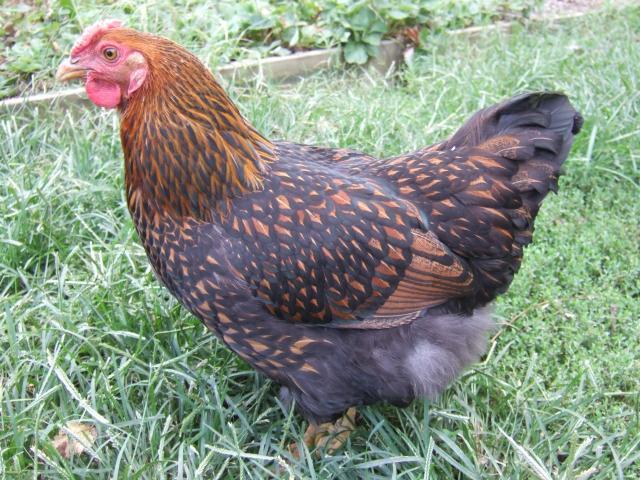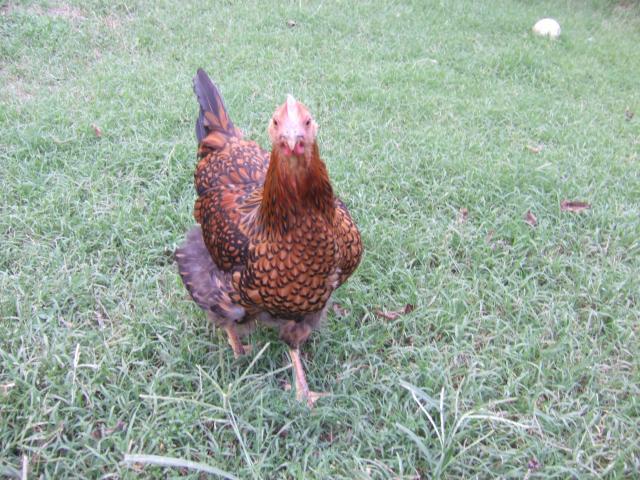Quote:
Yes its true.
It is true, but most breeders(notice I said most, not all) will usually cull them pretty early. Of course I am only speaking about show quality/breeder quality birds. If you are raising them for backyard layers they will be just fine.
The more the line has used single comb birds the more chance you have of hatching single comb birds. If you dont breed from it, it will go away for the most part.
Most lines of wyandotte will produce some single comb offspring on occassion, It can be culled out over many generations. The rose comb is dominant to the single comb so a bird carrying both genes will have a rose comb the single combed offspring carry two copies of teh gene for single comb and should be culled at hatch and not used in breeding programs. It is very hard to know if your line(s) carry single combed traits as they alomost always masked, test matings are the only method to know for certain.



